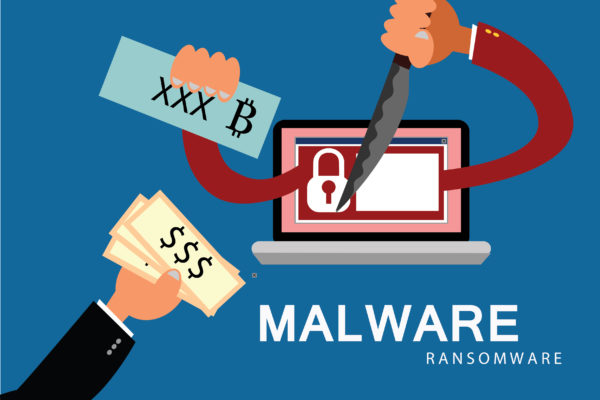Ransomware attacks were initially introduced to lock down data. However, with time, the cryptovirological attackers are evolving their strategies. They are trying to make their outings more successful by shifting their focus from data to services.
A recent global cybersecurity report from NTT security also points towards the shifting strategies of ransomware operators. The report shows that different cyber attacks including ransomware infiltrations on supply chain networks of businesses increased in the past year.
Security experts outline two distinctive reasons why ransomware attacks are shifting their orientation from data to services and operations.
Data is not Exclusive Anymore
Cryptovirological operators encrypt data so that they can take extortion money for ransomware removal. However, they can only bargain for ransom money if the data in question don’t have any other copy. With improved awareness regarding ransomware attacks, more companies than ever now take care of data backups regularly.
With omnipresence and instant accessibility of data, the businesses are not compelled to bargain with attackers for ransomware removal. Therefore, ransomware operators are looking for some other avenues to make their outings successful and supply chain is a weak link they have identified.
Inflicting Downtime is Significant
Time is money—this proverb holds very much true for corporations. Ransomware attackers have also understood the critical nature of time for businesses. Therefore, they have altered their ransomware strategies so that they can impose more downtime to businesses. As we know, the supply chain is a very dynamic component of any business operation and interrupting it through ransomware infiltrations can result in significant downtime losses for the targeted organization.
Read Also: Can Blockchain Address the Ransomware Concerns of Healthcare Sector?
It can be said that downtime is just a constant thrashing for any business. Moreover, it also tarnishes the reputation of the affected company. Both these factors improve the prospects of cryptovirological operators to succeed in getting money from the targeted company for ransomware removal to limit the damages of incurred downtime.
The NTT report also shows that ransomware attacks increased by 350 percent in the last year, particularly on the businesses in EMEA (Europe, Middle East, and Africa) region.



